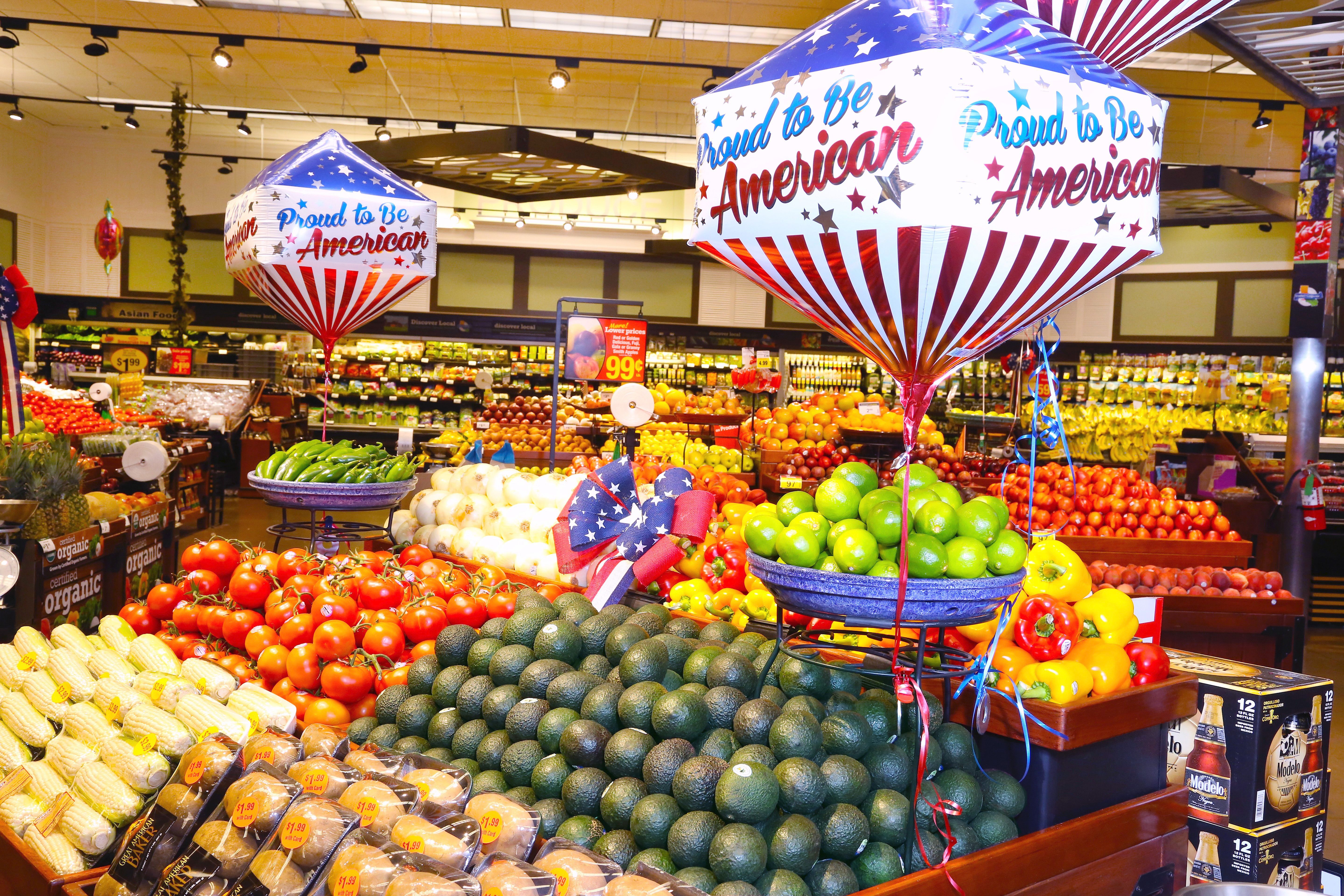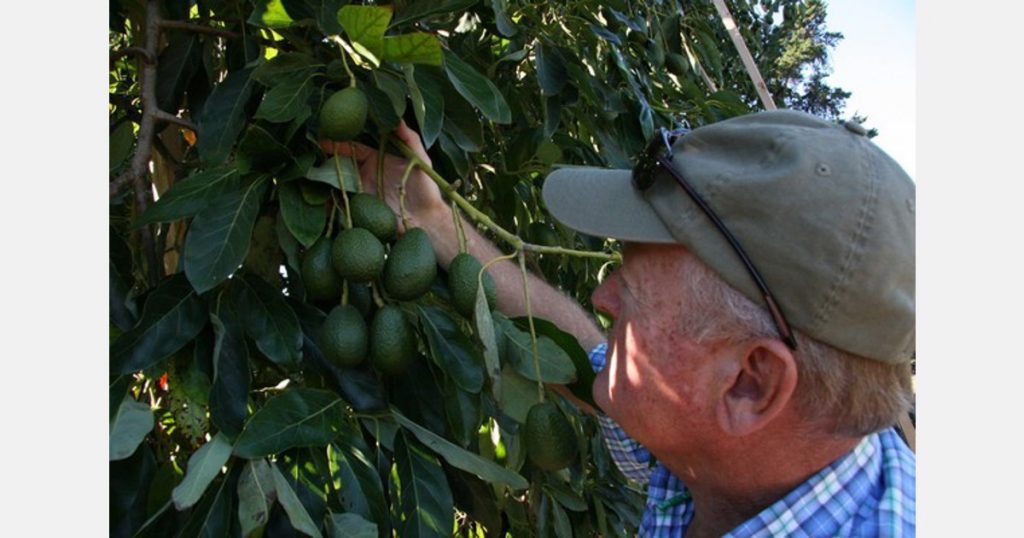In California, April through August is the time of peak supplies of the state’s avocados, with the industry focusing on June as California Avocado month. “There is promotable volume of California avocados. Since the start of the current season through May 30, 2021, California avocado shipments were 120.7 million pounds. This is about 36 million pounds less than last year,” says Jan DeLyser, vice-president marketing for the California Avocado Commission based in Irvine, CA.
DeLyser notes that there are a variety of sizes available to meet most needs. With less rain this season there may be fewer extra-large sizes (36s and 30s) available on the Hass, but the GEM and Lamb Hass varieties tend to grow to the larger sizes.
Current inventories have a range of sizes, with the largest volume of sizes 48 and 60, which is fairly typical. “Rainfall in California in 2021 has been below normal and some growers are reporting smaller sizes because of that. That is not universal. Overall there is ample supply of the sizes our customers are seeking,” she says.
 California grower Tom Pecht with some of his avocados. Photo: California Avocado Commission.
California grower Tom Pecht with some of his avocados. Photo: California Avocado Commission.
Regional harvesting
Meanwhile throughout the state, about one third of the volume has come from the southern growing region and two thirds from the northern growing region.
As for demand, California avocado distribution is targeted to Western markets as well as specific customers preferring California avocados. “There has been strong demand so far this season and we anticipate even stronger demand for the next few weeks as we head into the traditional sales surge for the Fourth of July,” says DeLyser.
And with foodservice outlets reopening, demand for avocados has steadily increased in foodservice as well and DeLyser anticipates that demand to continue to build.
 The Commission believes there’s considerable room for avocado consumption growth, even in developed regions such as California. Photo: California Avocado Commission.
The Commission believes there’s considerable room for avocado consumption growth, even in developed regions such as California. Photo: California Avocado Commission.
Boosting California avocado consumption
In terms of consumption, the Commission believes there’s considerable room for avocado consumption growth, even in developed regions such as California. Recently Rabobank projected that avocado consumption in the U.S., which is at about 9 lbs. per capita per year, could surpass 11 lbs. in the next five years. “That amounts to a very strong compound average growth rate exceeding two percent,” says DeLyser. She adds that consumption is more limited by supply than demand. “California avocado availability is seasonal and demand by both customers and consumers is high. Our marketing challenge is to achieve the premium price warranted by the outstanding avocados grown by California farmers,” she says.
As for pricing, it has been steady for California avocados over the past few weeks. “We see some higher pricing on larger sizes and lower pricing on smaller sizes compared to last year that is in line with supply and demand,” says DeLyser.
 For more information:
For more information:
Marji Morrow
California Avocado Commission
Tel: +1 (323) 456-6751
MMorrow@avocado.org
www.californiaavocado.com


